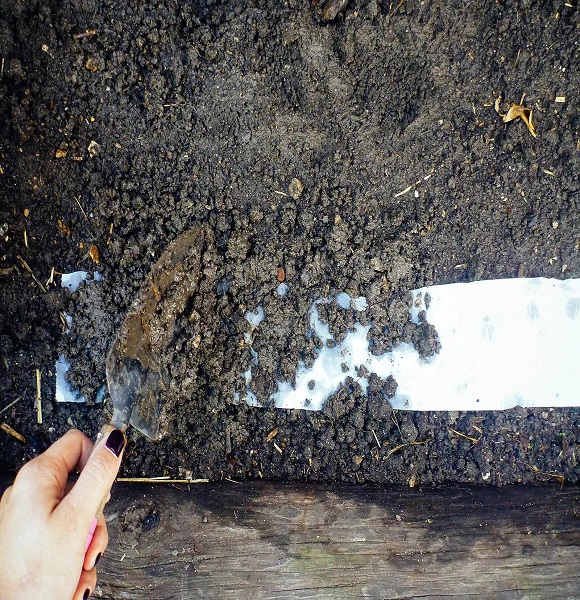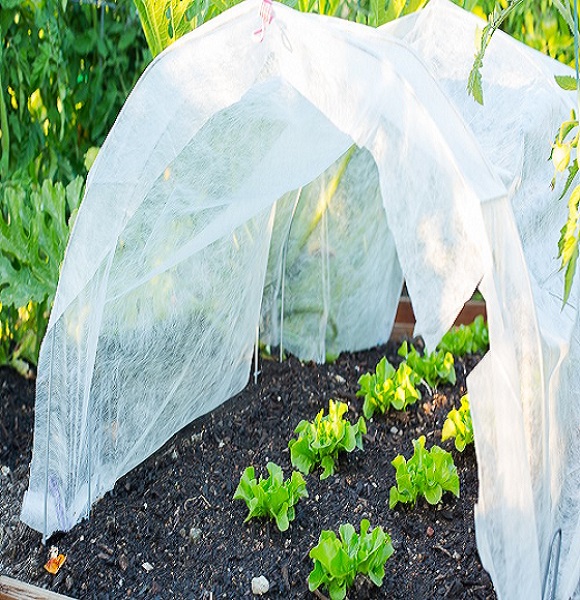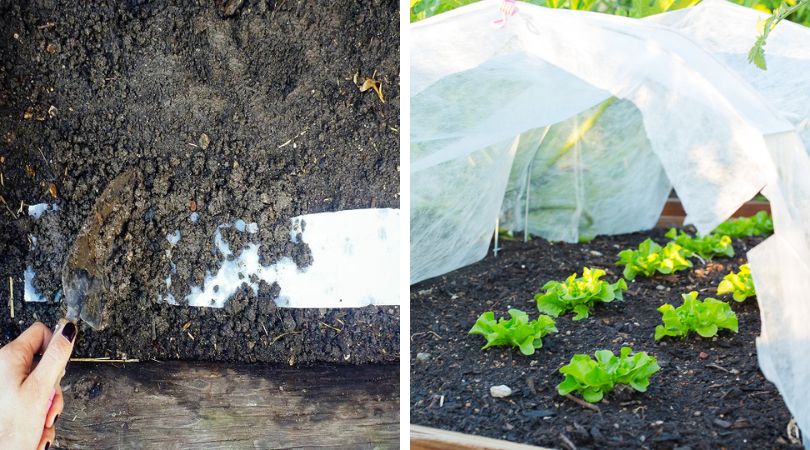Lettuce is a cool-weather crop that can be grown almost everywhere. It goes well with any meal because it tastes fresh and sometimes peppery.
Lettuce is adaptable, as its deep yet shallow roots mean it may be grown in a cold frame, a garden row, or a trough. That makes growing lettuce possible for everyone, even if they don’t have a garden.
How to Grow Lettuce
To begin planting lettuce, select your favorite kind or grow several varieties. Several companies, like Burpee, now offer seed tape to help with the planting process.
To save time and ensure that your future lettuce seedlings have the appropriate amount of space between them, consider investing in some seed tape. Fortunately, DIY seed tape can be made with minimal equipment and for very little money.
The time it takes for lettuce seeds to germinate might range from 2 days to 10 days. If weeds start to grow around your seedlings, pluck them out by hand so they can’t steal water and nutrients from your young plants.
Until two weeks before the first fall frost, you should plant successive rows in the garden.
Plant early-maturing kinds of lettuce in the spring, then move to heat-resistant lettuce in the summer and finally plant cool-season lettuce in the fall.
If it doesn’t rain frequently, you’ll need to water your lettuce frequently.

How to Harvest Lettuce
You can pick lettuce leaves from a looseleaf or butterhead lettuce plant virtually constantly throughout the growing season. In the case of romaine and other leafy greens, it is possible to pick only the outer leaves for consumption.
While heading lettuce takes an extra few days to grow to maturity, most other types of lettuce are ready in 45–55 days.
As an example, romaine lettuce needs to be grown for 75–85 days, while crisphead takes 70–100 days.
Here we see a harvest of Butterhead European Bibb lettuce. It is a favorite of gardeners since it does not bolt.
In order to get the most flavor out of your lettuce, you should pick it first thing in the morning, when the leaves are still crisp and juicy. However, these delicate greens can wilt quickly if you plan on serving salad later in the day, so make sure to chill the salad first.
Start by getting a pair of garden scissors or kitchen shears that are clean and sharp. To promote new development, remove the outermost leaves at a level 2 inches from the plant’s crown.
After you cut the lettuce leaves, you can help it grow by adding an organic vegetable fertilizer.
Head lettuce varieties such as Buttercrunch, crisphead, Batavia, and romaine should have their plants severed at the soil line before being harvested.
Pull up the lettuce plant and throw it in the compost if the crown gets too long. This has long since passed its prime.
Tip: Harvest lettuce as soon as possible to keep it from tasting bitter.
Protect your plants from frost by placing a row cover, cloche, or another device over them when the temperature drops below 2 degrees Celsius. Plants can survive wind, frost, and freezing temperatures, as well as freezing rain and snow, if they are covered.
It also helps the growing season last longer.


